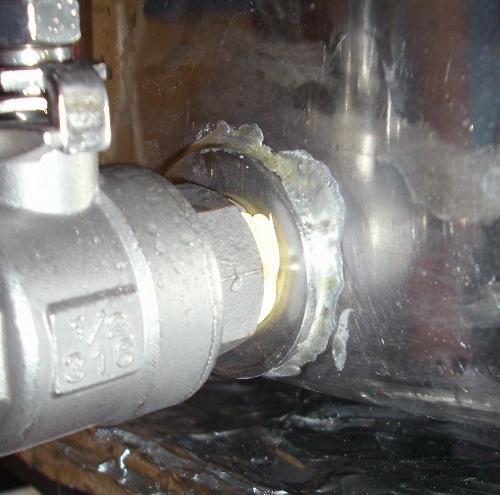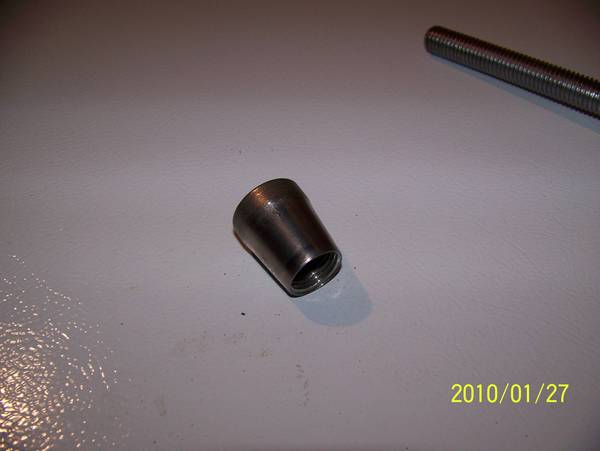http://www.airgas.com/browse/product.aspx?Msg=RecID&recIds=144145&WT.svl=144145
But what would you think about using this instead of the 56% rod you posted and the Stay-Silv flux?
It's 56% Silver with a flux coating? I've used the 45% with flux coating to solder copper to carbon steel and it worked and flowed so easily.
But what would you think about using this instead of the 56% rod you posted and the Stay-Silv flux?
It's 56% Silver with a flux coating? I've used the 45% with flux coating to solder copper to carbon steel and it worked and flowed so easily.










